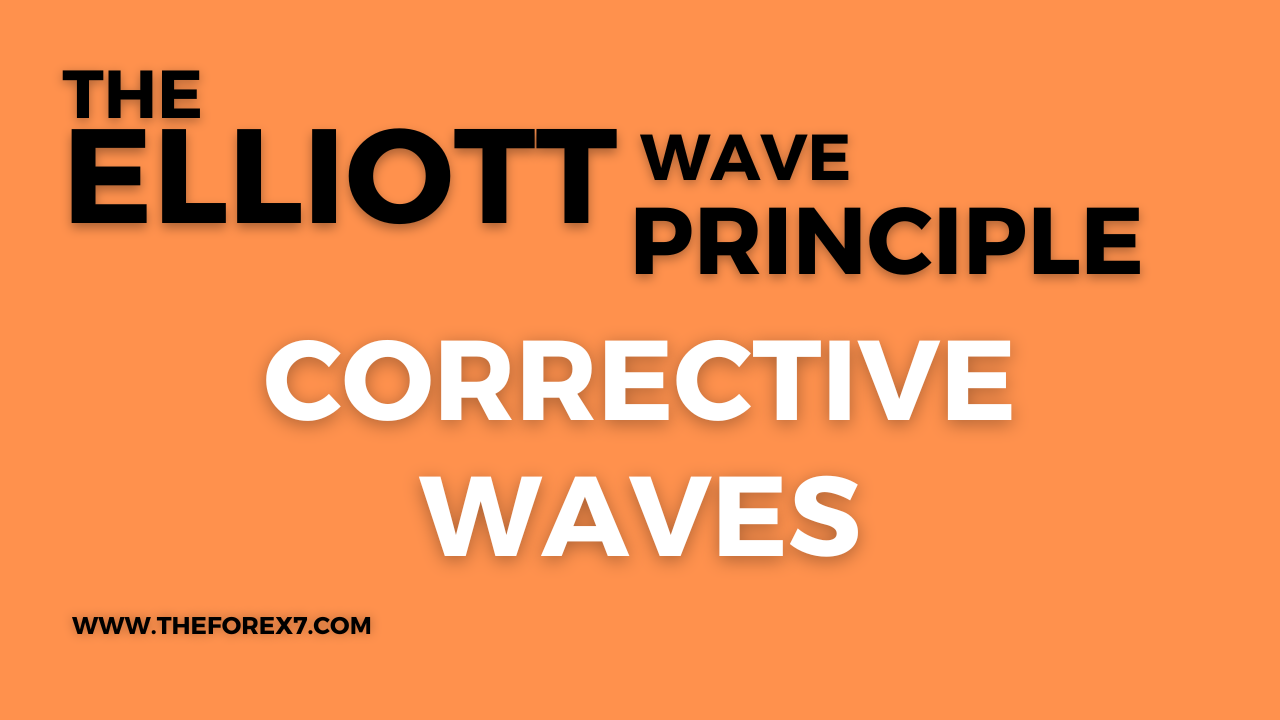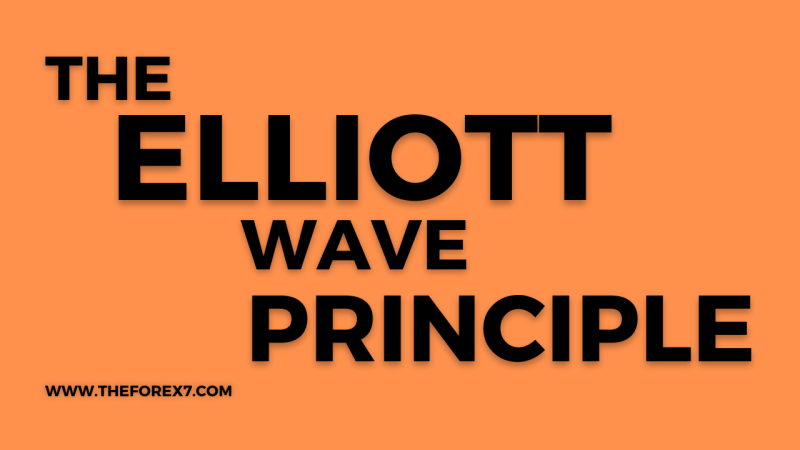Corrective Waves
Elliott Wave Theory, Corrective Waves, Wave Counting, Zigzag Correction, Flat Correction
Course: [ The Basics of the Elliott Wave Principle : Chapter 3: Corrective Waves ]

Markets move against the trend of one greater degree only with a seeming struggle. Resistance from the larger trend appears to prevent a correction from developing a full motive structure.
CORRECTIVE WAVES
Markets move against the trend of one greater degree
only with a seeming struggle. Resistance from the larger trend appears to
prevent a correction from developing a full motive structure. The struggle
between the two oppositely trending degrees generally makes corrective waves
less clearly identifiable than motive waves, which always flow with comparative
ease in the direction of the one larger trend. As another result of the
conflict between trends, corrective waves are quite a bit more varied than
motive waves.
Corrective patterns fall into four main categories:
Zigzag (5-3-5; includes
three types: single, double, and triple);
Flat (3-3-5; includes three
types: regular, expanded, and running);
Triangle (3-3-3-3-3;
four types: three of the contracting variety (ascending, descending, and
symmetrical) and one of the expanding variety (reverse symmetrical);
Combination
(two types: double three and triple three).
ZIGZAGS (5-3-5)
A single zigzag in a bull market is a simple
three-wave declining pattern labeled A-B-C and subdividing 5-3-5. The top of
wave B is noticeably lower than the start of wave A, as illustrated in Figures 9 and 10.
Occasionally zigzags will occur twice, or at
most, three times in succession, particularly when the first zigzag falls short
of a normal target. In these cases, each zigzag is separated by an intervening
“three” (labeled X), producing what is
called a double zigzag (see Figure 11)
or triple zigzag. The zigzags are labeled W and Y (and Z, if a triple).





FLATS (3-3-5)
A flat correction differs from a zigzag in that the
subwave sequence is 3-3-5, as shown in Figures 12 and 13. Since wave A lacks
sufficient downward force to unfold into a full five waves as it does in a
zigzag, the B wave reaction seems to inherit this lack of countertrend pressure
and terminates near the start of wave A. Wave C, in turn, generally terminates
just slightly beyond the end of wave A rather than significantly beyond as in
zigzags.
Flat corrections usually retrace less of preceding
impulse waves than do zigzags. They participate in periods involving a strong
larger trend and thus virtually always


precede or follow extensions. The more powerful the
underlying trend, the briefer the flat tends to be. Within impulses, fourth
waves frequently sport flats, while second waves rarely do.
Three types of 3-3-5 corrections have been
identified by differences in their overall shape. In a regular flat correction,
wave B terminates about at the level of the beginning of wave A, and wave C
terminates a slight bit past the end of wave A, as we have shown in Figures 12 and 13. Far more common,
however, is the variety called an expanded flat, which contains a price extreme
beyond that of the preceding impulse wave. In expanded flats, wave B of the
3-3-5 pattern terminates beyond the starting level of wave A, and wave C ends
more substantially beyond the ending level of wave A, as shown in Figures 14 and 15.
In a rare variation on the 3-3-5 pattern, which we
call a running flat, wave B terminates well beyond the beginning of wave A as
in an expanded flat, but wave C fails to travel its full distance, falling
short of the level at which wave A ended. There are hardly any examples of this
type of correction in the price record.
HORIZONTAL TRIANGLES (TRIANGLES)
Triangles are overlapping five wave affairs that subdivide
3-3-3-3-3. They appear to reflect a balance of forces, causing a sideways
movement that is usually associated with decreasing volume and volatility.
Triangles fall into four main categories as illustrated in Figure 16. These illustrations
depict the first three types as taking place within the area of preceding price
action, in what may be termed regular triangles. However, it is quite common,
particularly in contracting triangles, for wave b to exceed the start of wave a
in what may be termed a running triangle, as shown in Figure 17.


Although upon extremely rare occasions a second wave
in an impulse appears to take the form of a triangle, triangles nearly always
occur in positions prior to the final actionary wave in the pattern of one
larger degree, i.e., as wave four in an impulse, wave B in an A-B-C, or the
final wave X in a double or triple zigzag or combination (see next section).
COMBINATIONS (DOUBLE AND TRIPLE THREES)
Elliott called sideways combinations of corrective
patterns “double threes” and “triple threes.” While
a single three is any zigzag or flat, a triangle is an allowable final
component of such combinations and in this context is called a “three.” A
double or triple three, then, is a combination of simpler types of
corrections, including the various types of zigzags, flats and triangles. Their
occurrence appears to be the flat correction’s way of extending sideways
action. As with double and triple zigzags, each simple corrective pattern is
labeled W, Y and Z. The reactionary waves, labeled X, can take the shape of any
corrective pattern but are most commonly zigzags. Figures 18 and 19 show
two examples of double threes.
For the most part, double threes and triple threes
are horizontal in character. One reason for this trait is that


there is never more than one zigzag in a
combination. Neither is there more than one triangle. Recall that triangles
occurring alone precede the final movement of a larger trend. Combinations
appear to recognize this character and sport triangles only as the final wave
in a double or triple three.
All the patterns illustrated in this booklet take
the same form whether within a larger rising or falling trend. In a falling
trend, they are simply inverted.
The Basics of the Elliott Wave Principle : Chapter 3: Corrective Waves : Tag: Elliott Wave Principle, Forex Trading : Elliott Wave Theory, Corrective Waves, Wave Counting, Zigzag Correction, Flat Correction - Corrective Waves
